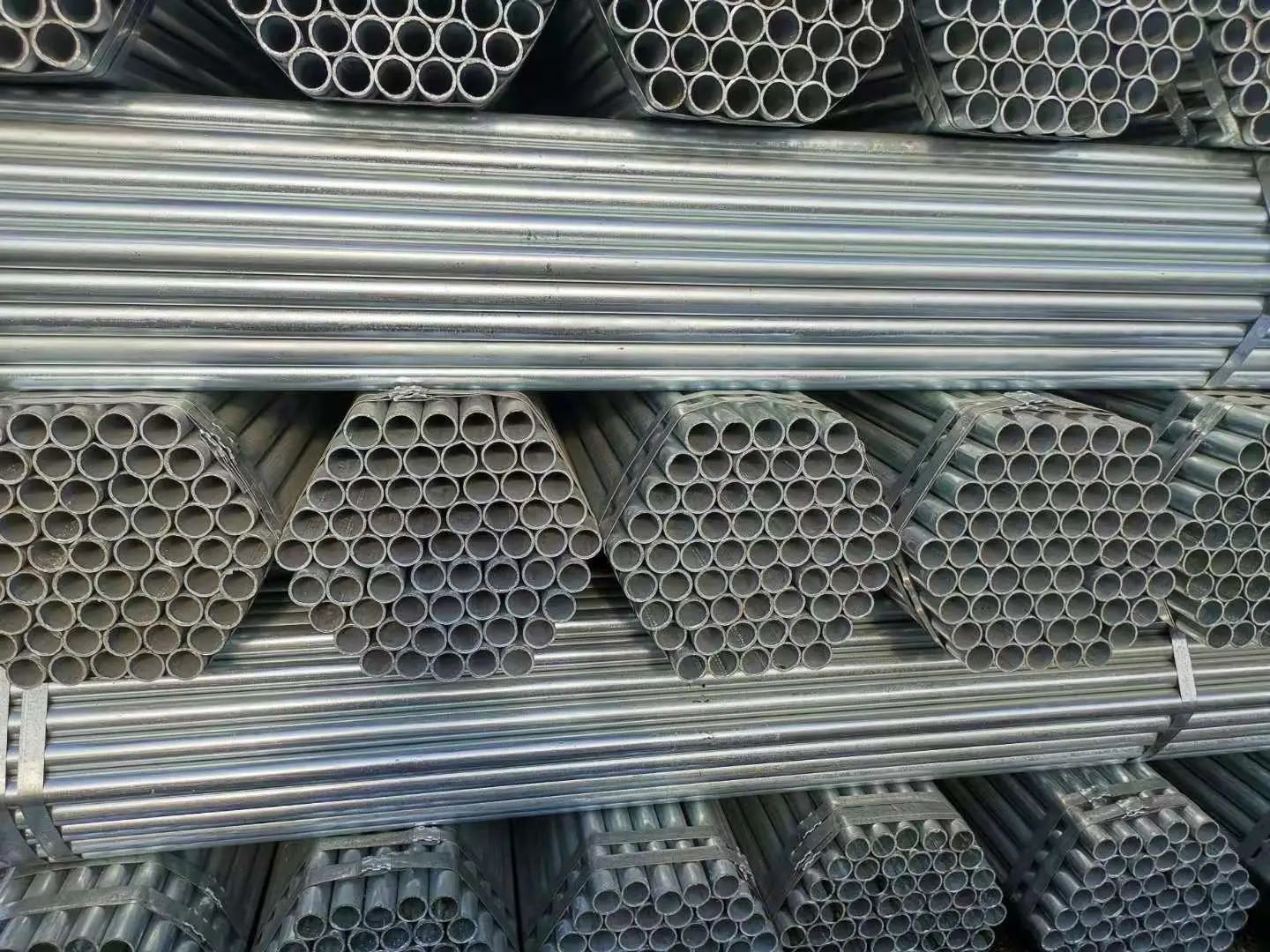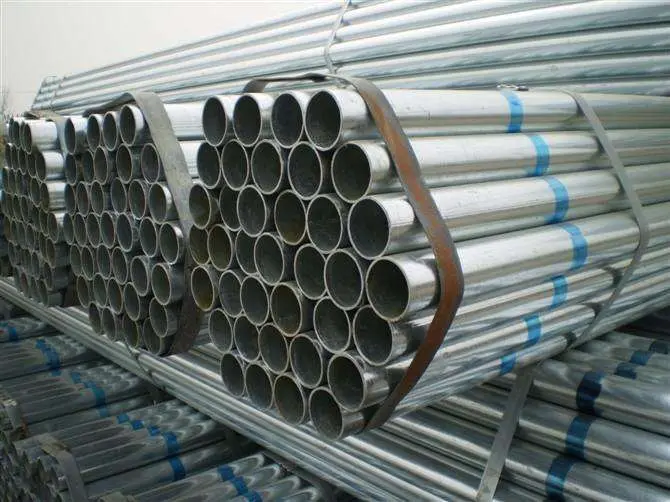Durability and corrosion resistance go hand in hand - the key role of galvanized steel pipes in industrial pipelines
Galvanized steel pipe, also known as galvanized Steel Pipe, is treated with galvanizing on the surface of the steel pipe, which can effectively prevent corrosion, rust and other phenomena of the steel, and help extend the service life of the steel.


There are two types: hot-dip galvanizing and electroplating galvanizing. Hot dip galvanizing has a thick galvanized layer, uniform coating, strong adhesion, and long service life;
Low cost of electroplating zinc
Galvanized pipe, also known as galvanized steel pipe, is a type of pipe made of steel material that has undergone galvanizing treatment.
The steel pipes commonly used for galvanizing treatment include Carbon Steel 20 and 45 grade steel;
There are various types of alloy steels such as Q345, 20Cr, 40Cr, 20CrMo, 30-35CrMo, and 42CrMo. Among these materials, carbon structural steel is more suitable for galvanizing treatment. The material requirements include low carbon, addition of alloying elements mainly composed of manganese, addition of auxiliary elements such as niobium, titanium, or vanadium, and addition of small amounts of rare earth elements.
Hot dip galvanized steel pipes have the advantages of uniform coating, strong adhesion, and long service life. Most of the processes in the north use galvanized tape to directly roll the pipe and supplement the zinc.
Hot dip galvanized pipes produce an alloy layer by reacting molten metal with the substrate, thereby bonding the substrate and coating together.
The common specifications, models, and sizes of galvanized pipes are: model dn15, outer diameter 21.3mm; model dn20, outer diameter 26.9mm; model dn25, outer diameter 33.7mm; model dn32, outer diameter 42mm; model dn40, outer diameter 48.3mm; model dn50, outer diameter 60.3mm
The use of hot-dip galvanized steel pipes is mainly for transporting gas and heating.
The iron pipes used for gas, greenhouse, and heating are also galvanized pipes. Galvanized pipes, as water pipes, produce a large amount of rust and grime inside the pipes. The yellow water flowing out not only pollutes the sanitary ware, but also contains bacteria that breed on the uneven inner walls. Corrosion causes high levels of heavy metals in the water, seriously endangering human health. In the 1960s and 1970s, developed countries began to develop new types of pipes and gradually banned galvanized pipes. The Chinese Ministry of Construction and four other ministries have also issued a clear ban on galvanized pipes since 2000. Currently, galvanized pipes are rarely used for cold water pipes in newly built residential areas, and some residential areas use galvanized pipes for hot water pipes.
Hot dip galvanized pipe: To improve the corrosion resistance of steel pipes, general steel pipes are galvanized. Galvanized steel pipes are divided into two types: hot-dip galvanizing and electroplating galvanizing. Hot dip galvanizing has a thick galvanized layer, electroplating galvanizing has a low cost, and the surface is not very smooth.
Hot dip galvanized pipes produce an alloy layer by reacting molten metal with an iron substrate, thereby bonding the substrate and coating together. Hot dip galvanizing is the process of first pickling steel pipes. In order to remove iron oxide from the surface of the steel pipes, after pickling, they are cleaned in an ammonium chloride or zinc chloride aqueous solution or a mixed ammonium chloride and zinc chloride aqueous solution tank, and then sent to a hot-dip galvanizing tank. Hot dip galvanizing has the advantages of uniform coating, strong adhesion, and long service life. The steel pipe substrate undergoes complex physical and chemical reactions with the molten plating solution, forming a corrosion-resistant and tightly structured zinc iron alloy layer. The alloy layer is integrated with the pure zinc layer and the steel pipe substrate. Therefore, it has strong corrosion resistance.
1. Uniformity of galvanized layer: The steel pipe sample shall not turn red (copper plating color) after continuous immersion in copper sulfate solution for 5 times
2. Surface quality: The surface of galvanized steel pipes should have a complete galvanized layer, and there should be no uncoated black spots or bubbles. Small rough surfaces and local zinc nodules are allowed. 3. Galvanized layer weight: According to the requirements of the demander, galvanized steel pipes can be used for zinc layer weight measurement, and the average value should not be less than 500g/square meter, with any sample not less than 480g/square meter.















